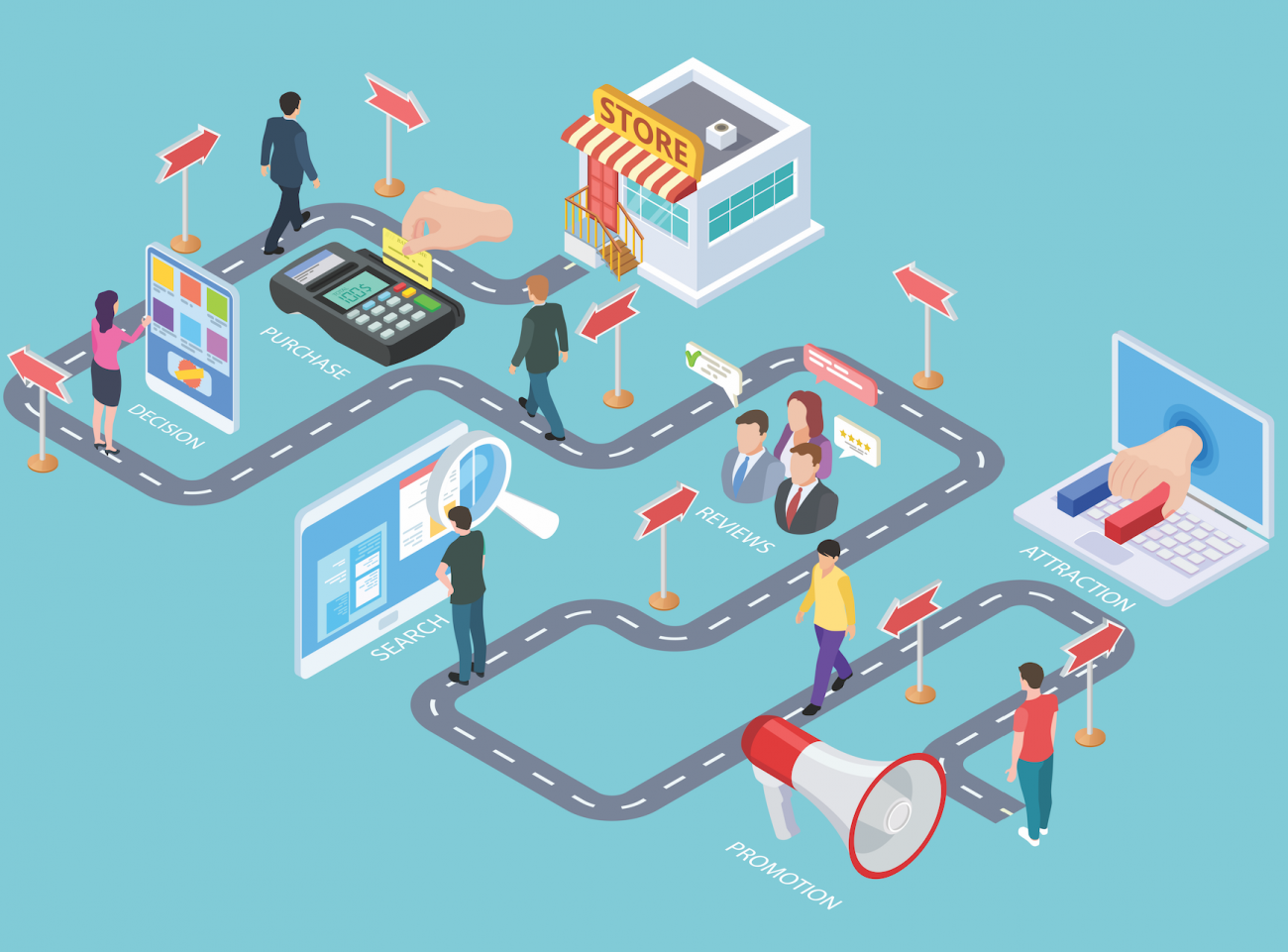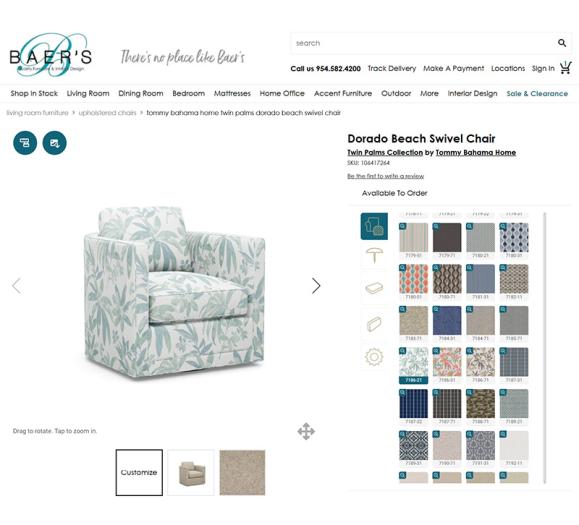With the rise and higher adoption of digital commerce, what are consumers looking for in the coming years? Sixty-seven percent of consumers recently surveyed by Khoros (khoros.com), a digital customer engagement platform for social media management, believe that moving forward, the best shopping experiences will incorporate both human contact and digital channels. And, as more phases of the purchase journey become integrated online (as web chat gets deployed on more product detail pages on company websites, for example), it will become even easier for consumers to utilize a hybrid approach.
According to Khoros research, 57 percent of consumers want the option to talk to someone before buying a product or service. As purchase journeys become increasingly hybrid, consumers will rely more heavily on digital channels during the discovery and consideration phases and on in-person interactions during the purchase phase.
As consumer shopping behavior changes, messaging is becoming an additional way for brands to connect with their customers, Khoros says. More than 80 percent of consumers have used Facebook messaging to ask a brand questions, for example. Of those polled (Facebook Harris Poll 2020), three quarters have made a purchase through messaging, and 70 percent are more likely to conduct business with a company they can contact through messaging.
If you’re not using Facebook Messenger to connect with your customers, you could be missing out on important opportunities to build relationships and make the customer experience even better.
In our cover story this month (page 34), for example, Courtney Garrigan, co-founder of home accents retailer Coco & Dash, said that when the company launched its ecommerce site during COVID, they ended up having more customer conversations than purchase clickthroughs as customers called for more information about the products they were considering. Coco & Dash also sells on Instagram, and the ability to have a conversation with customers is important to these transactions as well.
Retailers can ensure success and satisfaction through the customer care that messaging offers. Customer service is no longer designed just for the end of the purchasing journey. Today’s consumer prefers that access throughout the
buying experience, showcasing how you deliver on your brand’s promises.
Today’s brands are often defined by how they deliver on customer care, which presents an opportunity to up customer loyalty. According to Khoros research, after having a positive experience with a company, 77 percent of customers would recommend it to a friend.
Enhancing your customer’s online buying experience
1. Help potential customers find your brand
Offer multiple entry points to Messenger from your Facebook profile to social media posts, making it easy and convenient for your customers to message you to learn more about your products and services. Ads are especially effective in driving the conversation. Replace a “Learn More” call-to-action with “Send Us a Message,” and put your customers and prospects directly into the Messaging channel.
2. Make purchasing as convenient as possible
Build your messaging infrastructure to deliver personalized conversations to your customers. They should be able to ask questions, follow a path and ultimately process payment, all within the same conversation, no matter which channel they use. This requires automation and integrations into your shopping cart.
3. Deliver good service
Customer service doesn’t stop with the purchase. Allow your customers to contact customer support via messaging, then use your automation and bots to answer common questions. Have human agents for customers to speak with when necessary. It’s convenient for customers, and you’re still deflecting calls and saving time for customer service agents.
4. Turn loyal customers into brand ambassadors
Use Facebook Messenger to build advocates and retain customers. Notifications allow you to bring them back into the conversation and offer opportunities to further engage with surveys, updates and promotions. In many cases, as with Facebook Messenger, your customers have already accepted permissions for account-based communication, making it easier to reach them.







